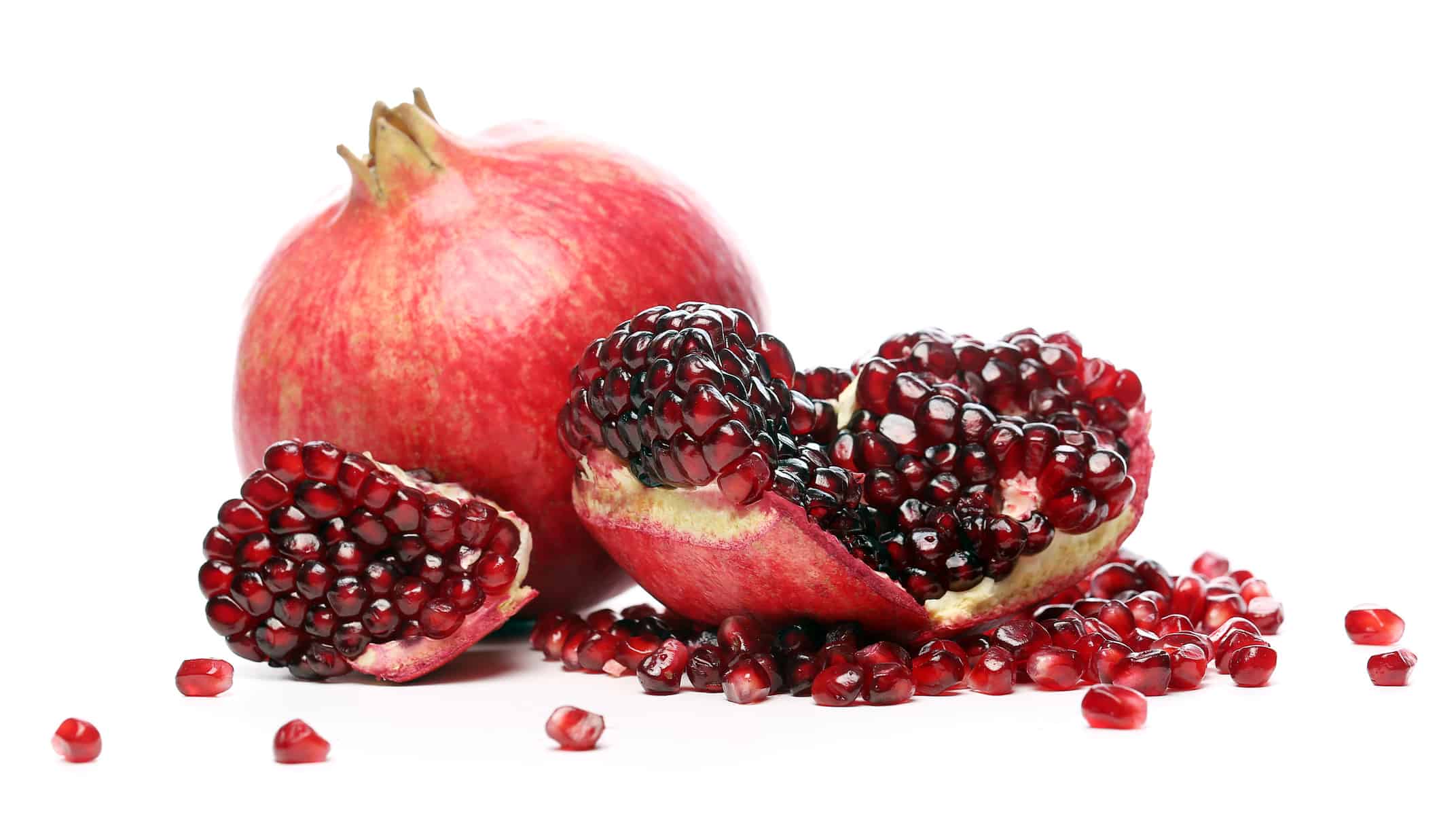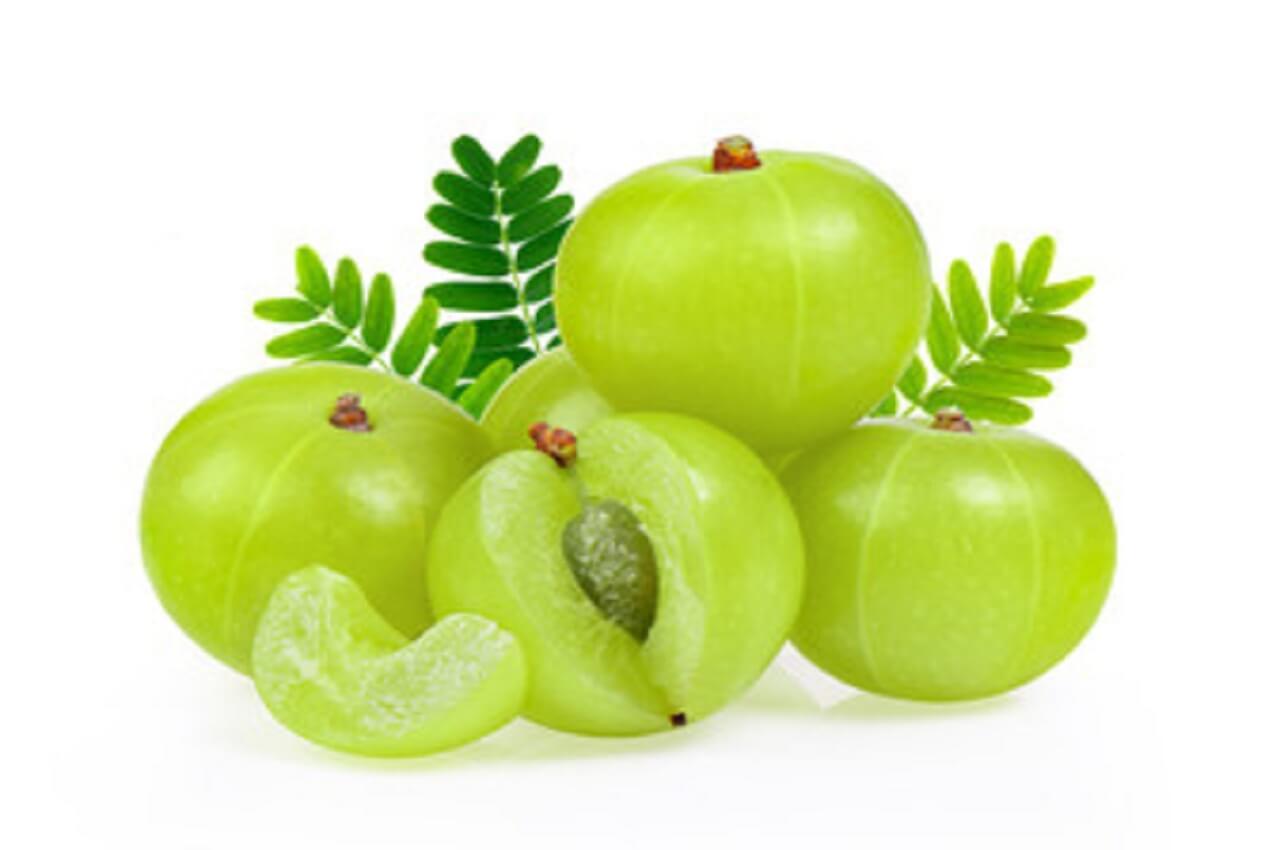Bitter gourd is a popular vegetable in some Asian countries, where the health benefits of the plant are well-known—particularly, its ability to lower blood glucose in diabetics.
Health benefits of Bitter Gourd (Karela)
- Bitter gourd lowers blood glucose as it contains a chemical called Charantin which reduces high blood glucose levels so it is very good for Diabetic persons. Bitter gourd influences glucose metabolism all over the body not like the other medicinal drugs which are effective only in one target organ or tissue. You can take Bitter Gourd juice every morning on an empty stomach to lower down the blood sugar.
- It purifies blood because of its blood-purifying properties and also cures many blood disorders like blood boils and itching due to blood poisoning.
- It is high in fiber thus preventing constipation and also cures many stomach disorders by helping in stimulating the secretion of gastric juices. This can be very helpful for people with dyspepsia. Do not take in case of heartburn and ulcers.
- Those who want to lose weight can add Bitter Gourd in their diet as it stimulates liver for excretion of bile juices that are very essential for metabolism of fats.
- Suffering from piles then takes fresh juice of bitter gourd. You can also have mixture of bitter melon juice and buttermilk every morning for about a month to get rid from this painful disease. Make a paste of the roots of bitter gourd plant and applied over piles to get a favorable result.
- Bitter Gourd juice is beneficial in the treatment of a bad hangover.
- Fresh juice of bitter gourd leaves can be used to treat cholera in early stages.
- Bitter Gourd juice in the morning can help to strengthen your immune system and increase your body’s fighting power against infection
- Bitter Gourd has high amount of beta-carotene that helps alleviate eye problems and improving eyesight.
Bitter gourd is a functional vegetable with beneficial effects on health
Bitter gourd has been used to treat diabetes in traditional medicine and is now commercially available as tea (from fruits or leaves), juice, extracts, and pills. Although these products promise health benefits, most of the manufacturers do not offer scientifically proven data on the effectiveness of bitter gourd or their products. However, in recent years researchers worldwide have started to focus on the antidiabetic effects of bitter gourd. The goal is to provide safe and clear preparation and dosage recommendations so that consumers will realize the greatest benefit from consuming fresh bitter gourd or bitter gourd products.
It is scientifically proven: bitter gourd lowers blood glucose levels!
Bitter gourd treatments of cell cultures or feeding trials with laboratory animals such as mice or rats show bitter gourd does have blood glucose lowering properties. Bitter gourd is not like most medicinal drugs, which are effective only in one target organ or tissue; rather, it influences glucose metabolism all over the body.
Bitter gourd lowers dietary carbohydrate digestion
The glucose metabolism starts in the gut. Carbohydrates and sugars are metabolized to glucose (one type of sugar) before glucose is transported from the gut to the blood. Bitter gourd reduces the amount of glucose that is released into the blood by inhibiting the enzymes that break down disaccharides to two monosaccharides (e.g. glucose) (Oishi et al. 2007, Kumar Shetty et al. 2005). Bitter gourd can influence the transport channels for glucose, which also reduces glucose transport into the blood (Singh et al. 2004). This effect is important for the treatment of both Type I and Type II diabetic patients and helps to prevent high blood sugar levels after meals.
Bitter gourd plant insulin discovered
The pancreas reacts to increasing blood sugar levels by secreting insulin into the blood. Insulin helps to transport the sugar from the blood to the skeletal muscle and the fat tissue where it is used to produce energy. Insulin will also stop the liver to produce sugar from glycogen storages and to release the sugar into the blood.
Thus, insulin is necessary to lower high blood sugar levels. In Type I diabetes, also called insulin-dependent diabetes, the pancreas does not produce or secrete enough insulin to keep blood sugar levels low. Bitter gourd has been shown to be effective in treating Type I diabetes in rats or mice by increasing pancreatic insulin secretion Yibchok-Anun et al. 2006, Fernandes et al. 2007). Additionally, scientists found an insulin-like molecule in bitter gourd (Khanna et al. 1981). Although bitter gourd may reduce the number of insulin injections required to manage Type 1 diabetes, it cannot replace insulin treatment completely or heal this form of the disease.
Bitter gourd reverses insulin resistance
Bitter gourd can play a role in the prevention and treatment of Type II diabetes, which is also called insulin-independent diabetes or adult onset diabetes. This form of the disease usually occurs in people who are overweight and inactive. In Type II diabetes, the liver, skeletal muscle, and fat tissues do not respond adequately to insulin—they are “insulin resistant.” Feeding trials with insulin resistant or Type II diabetic rats and mice have shown that bitter gourd helps to prevent or reverse insulin resistance (Nerurkar et al. 2008, Klomann et al. 2010). People with insulin resistance or those with a high risk of developing Type II diabetes have a good chance to prevent and treat the disease without drugs by increasing their physical activity and changing their diet.
Bitter gourd prevents diabetic complications
Chronically high sugar concentrations from Type I and Type II diabetes increase the risk of inflammation and oxidation in the whole body, leading to blindness, diabetic feet, kidney disease, stroke, or heart attack. Consuming bitter gourd can help prevent these complications, as it not only decreases blood sugar levels, but also has some antioxidative properties (Sathishsekar und Subramanian 2005, Klomann et al. 2010).
Bitter gourd can protect the body from other non-communicable diseases
Being overweight is one of the most important risk factors for diabetes and other diseases, and Type II diabetes is often accompanied by hypertension, high plasma cholesterol, or high plasma lipids. Together, these conditions increase the risk of stroke or heart attack. For overweight Type II diabetic patients, bitter gourd can help to improve health. In mice and rats, bitter gourd has been shown to reduce hypertension (Singh et al. 2004), plasma cholesterol (Nerurkar et al. 2008), and plasma lipids (Nerurkar et al. 2008). Apart from this, bitter gourd helps weight loss. There is also evidence that bitter gourd might be effective in cancer treatment.
More bitter gourd does not help more. Please be careful!
Exclusive consumption of bitter gourd, bitter gourd juice, or other bitter gourd products can lead to dangerous hypoglycemia when consumed by diabetic patients under oral drug treatment, in too high dosages, by children, or on a hungry stomach. Pregnant or breastfeeding woman should not consume bitter gourd or bitter gourd products. Although bitter gourd can help prevent insulin resistance or severe diabetic complications, it is important to consider situations in which bitter gourd may be harmful to your health.




